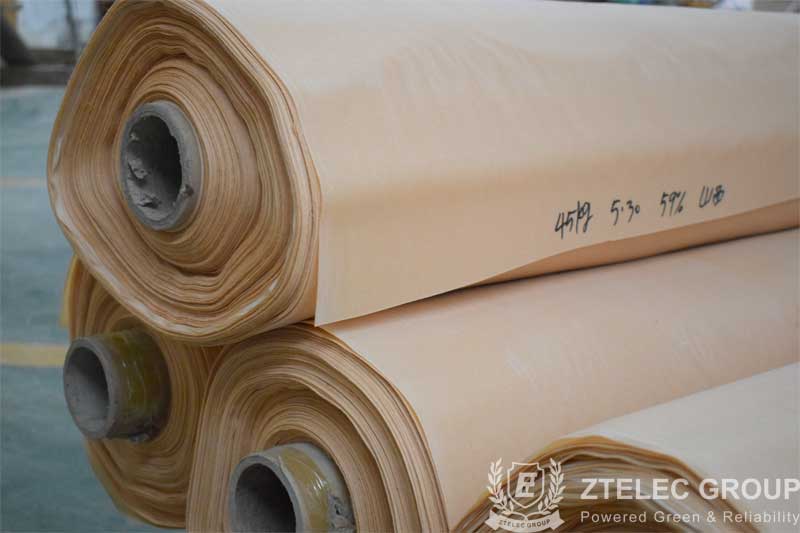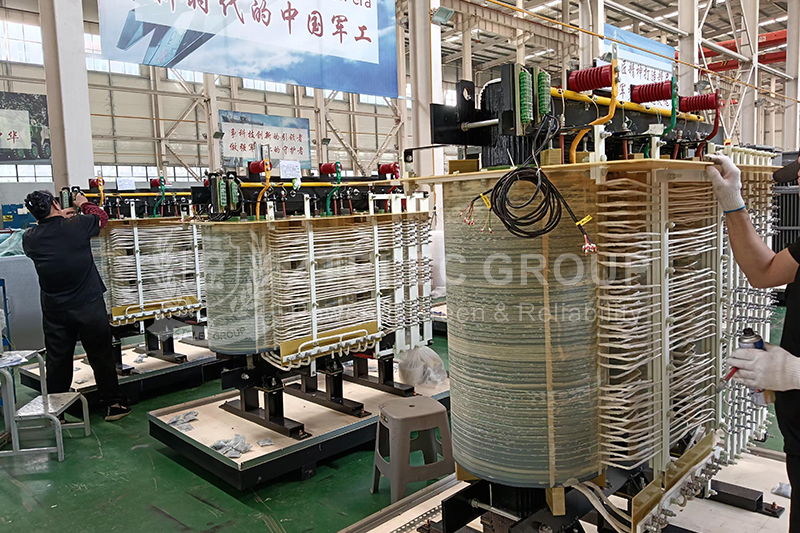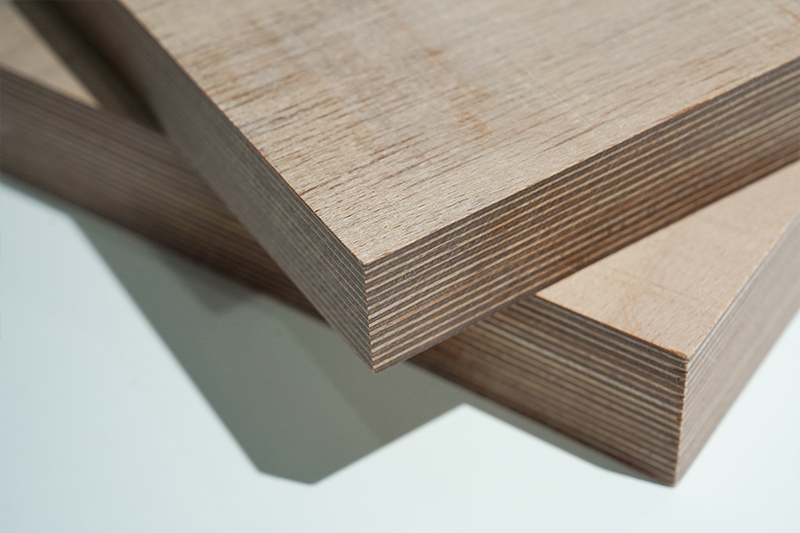Consumer of paper insulated cables applications
Insulated cable paper is made of kraft pulp. It includes DL08, DL12, DL17. The thickness is 0.08mm, 0.12mm and 0.17mm respectively, supplied in rolls. After being impregnated with transformer oil, the mechanical strength and electrical strength of cable paper will be significantly improved. For example, electric strength of power cable paper is 6 ~ 9 x 103 kv/m in the air. After drying and dipping in transformer oil, the electrical strength of cable paper reaches 70 ~ 90 x 103 kv/m. Cable paper in the running of the transformer has enough thermal stability, usually used for winding insulation and insulation between the layers.

Cable paper also includes high voltage cable paper, low voltage cable paper, high density cable paper and insulation crepe paper. High voltage cable paper is suitable for 110 ~ 330kV transformers and mutual inductors with low tangent value of medium loss angle. Low-voltage cable paper is used for insulation of power cables and transformers or other electrical products of 35kV and below; Crepe insulation paper is made of electrical insulation paper after wrinkling. It has horizontal wrinkles and is pulled apart when stretching. It is often used for wrapping insulation of oil-immersed transformers, such as the head of coils, lead wires and the insulation wrapping of electrostatic shielding devices. High density cable paper is also a kind of insulating crepe paper. Compared with general crepe paper, its electrical strength is 100% ~ 150% higher. The mechanical strength is 50% higher, electrical strength is high, oil resistance performance is good, elasticity is good, easy to draw. This cable paper can be used as insulation for lead wire, wire connection and bending part instead of varnished cloth tape.
Telephone paper is also made of sulphate pulp and is commonly used for telephone cables, which have poor mechanical strength and are generally used as turn insulation for wires, layer insulation or cover insulation for conductors.
- more+releated article
- 2025-12-13How to Select and Use Phenolic Cloth-base Lami
- 2025-12-13How Much Does Bakelite Sheet Cost? 2025 Price
- 2025-12-13Why are most 3240 epoxy boards yellow?
- 2025-12-13What are the Main Applications of FR4 Epoxy Bo
- 2025-12-13Why Does the Price of Insulating Paperboard Va
- 2025-12-13Heat-Resistant DDP Insulation Paper
- 2025-12-13Comparison of Heat-Resistant DDP Insulating Pa
- 2025-12-13G10 and FR4 Epoxy Boards: Commonly Used for Ge
- 2025-12-13The Price of Heat-Resistant DDP Insulation Pap
- 2025-12-13How to Choose Epoxy Laminate Materials for Gen





